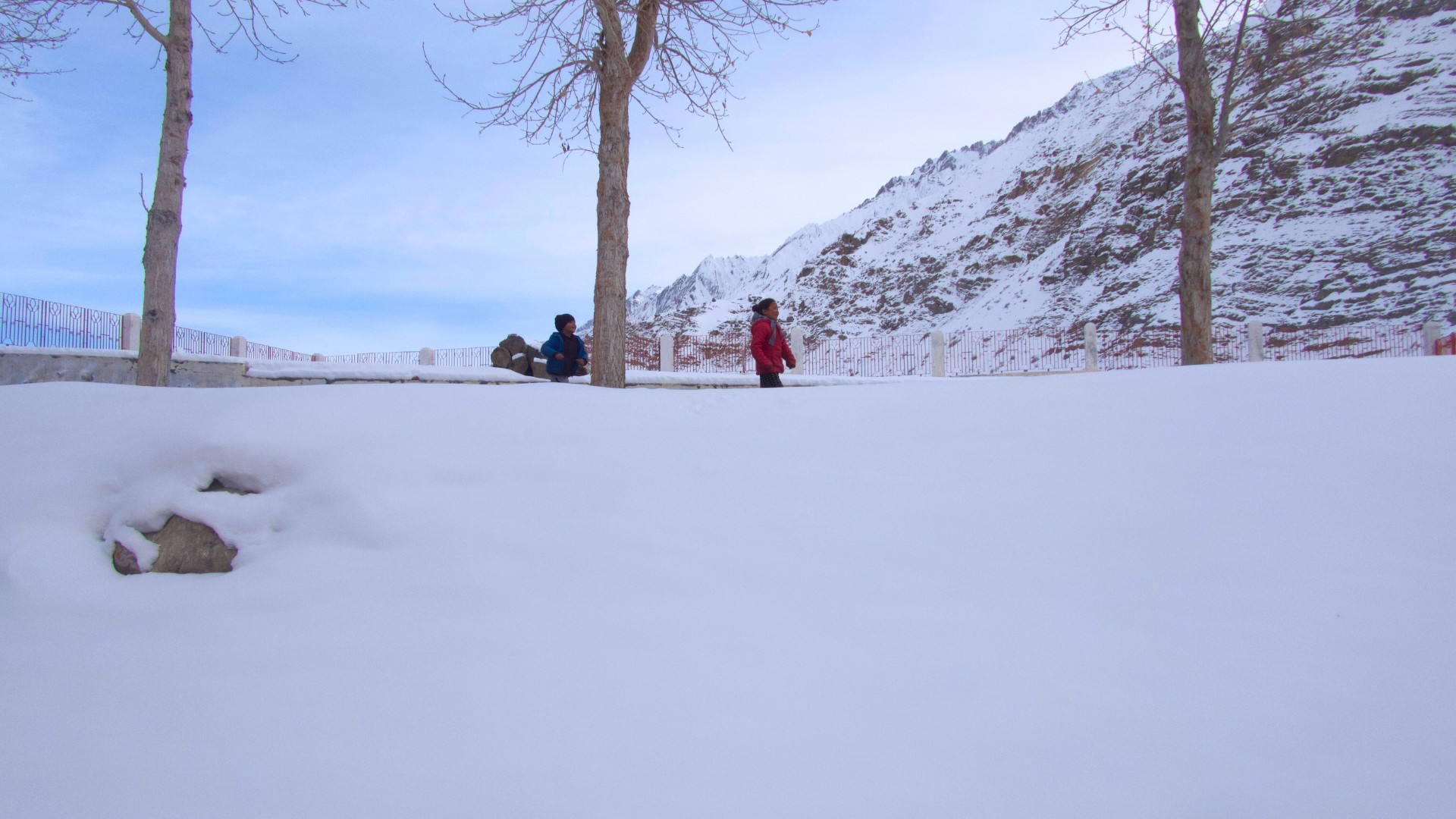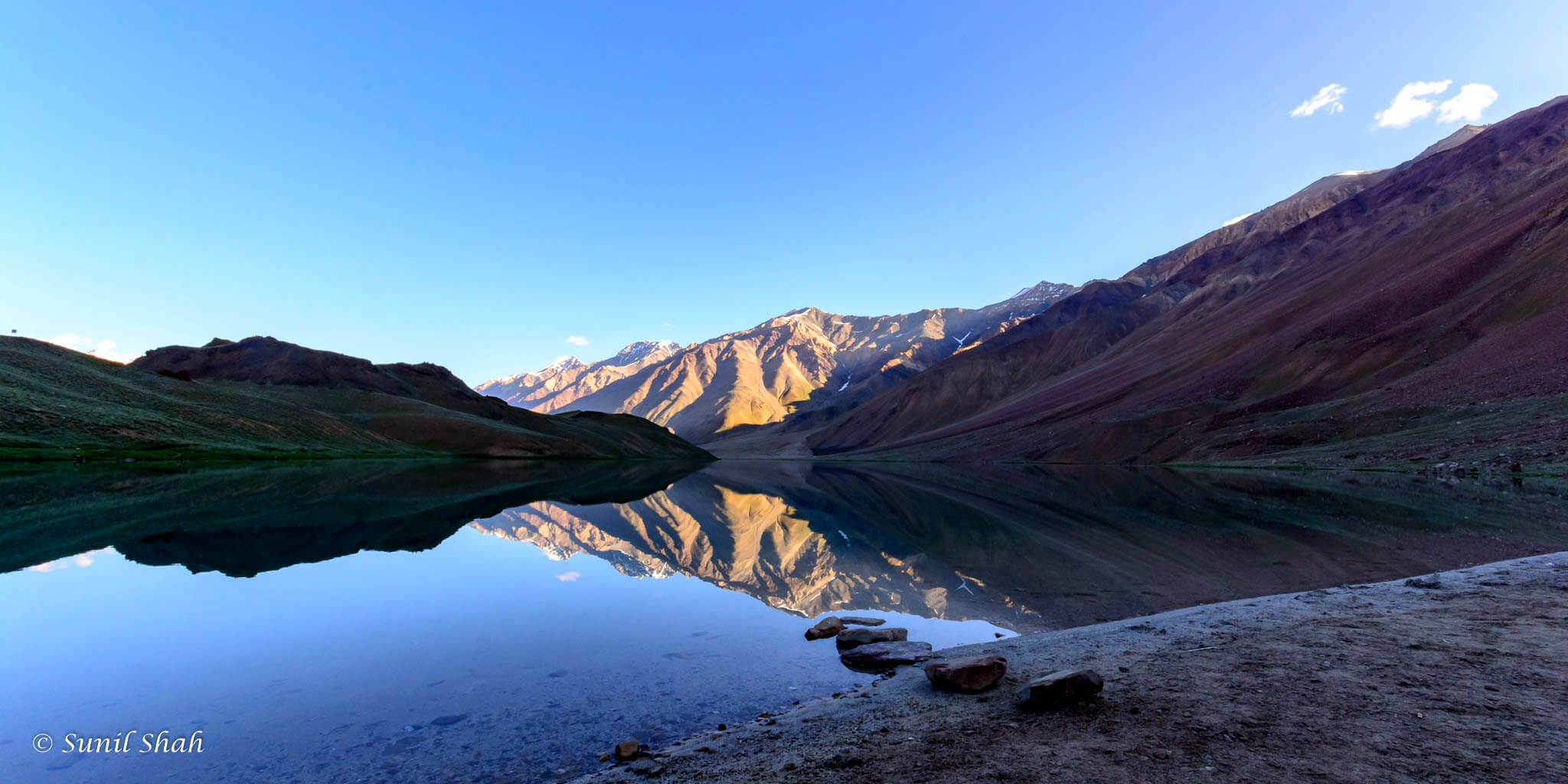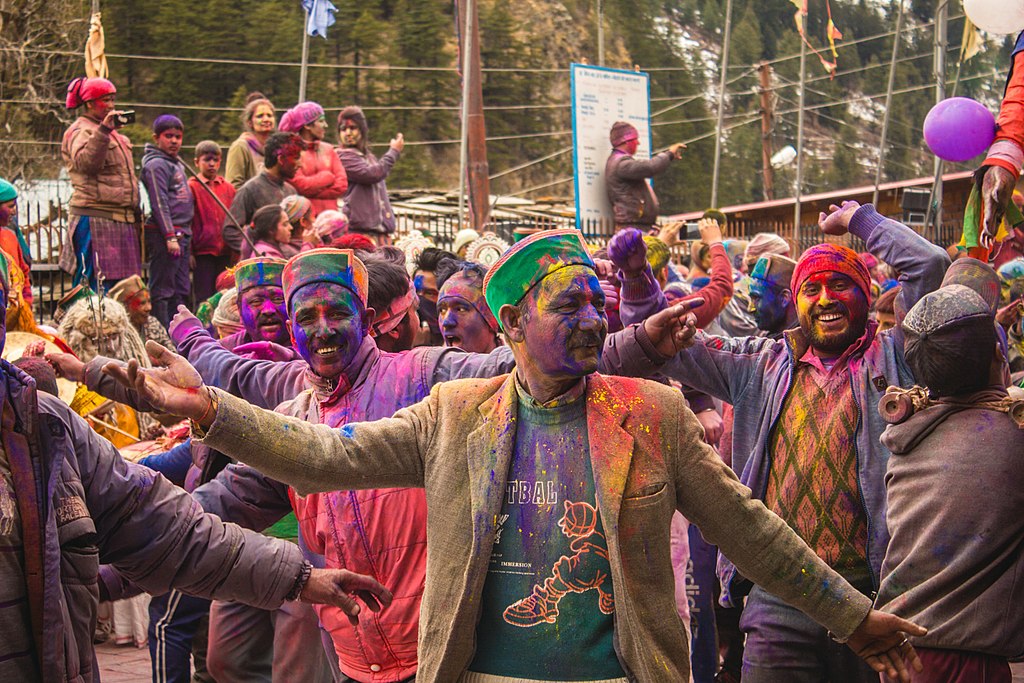Winter in Spiti is not for the faint-hearted. With temperatures plunging as low as -30°C, life here might seem nearly impossible. Yet, the locals of this remote Himalayan region have not only adapted but have learned to thrive in these extreme conditions. Through age-old traditions, resourcefulness, and a deep sense of community, the people of Spiti turn the harsh winter months into a season of resilience, celebration, and warmth.

While most travelers shy away from the cold, those brave enough to visit Spiti in the winter are rewarded with a rare glimpse into this frozen wonderland firsthand. Here’s how the locals survive—and even thrive—through the freezing months in Spiti, so that you can decide if you’re ready to experience the magic of winter in Spiti for yourself.
Suggested Read if you are planning a Spiti trip: Spiti Travel Guide

Frozen Pipes and Water Shortages
Winter in Spiti brings with it some real challenges—frozen water pipes being one of the biggest. For six months, the pipes are frozen solid, so there’s no running water. Locals adapt by storing water in large containers indoors and melting snow for daily use. Occasionally, they’ll thaw handpumps with hot water for a bit of fresh water. And for bathroom needs, they use dry toilets—a practical solution in a place where traditional plumbing just doesn’t work in winter. These adjustments might sound extreme, but they’re just part of how Spitians have learned to live with the cold.
Winter Weddings: A Season of Celebration
While the rest of the world might slow down in winter, Spitians are busy celebrating. Winter is actually wedding season in Spiti. With less work to do in the fields, families have time to host multi-day celebrations, filled with music, dancing, and plenty of food. Weddings are a big deal here, and even in the coldest months, the warmth of community gatherings brings life to the season. For travelers, seeing a Spitian wedding is a memorable experience—an insight into the deep cultural roots that connect people in this remote region.
Ice Hockey and Frozen Lakes
For a bit of winter fun, the frozen lakes in Spiti become ice hockey rinks. The locals organize ice hockey tournaments, turning frozen landscapes into playgrounds for some serious winter sports. The games are lively and fun, offering a welcome break from the long, quiet days. And even if you’re not into sports, just walking across the frozen lakes is an adventure in itself. The crystal-clear ice and the silent beauty of the frozen lakes make for a breathtaking experience you won’t forget.

Freezing Indoors
In Spiti, the cold doesn’t stay outside—it follows you indoors. Even inside the house, wet towels freeze before they dry, and the walls in the kitchen can get coated in ice from the steam of cooking. These little details remind you that life in Spiti during winter isn’t easy, but the people here have learned how to manage it. It’s all part of the unique experience of living (and thriving) in such an extreme environment.
Tandoors: The Lifeline of Winter in Spiti
At the center of every home in Spiti during winter is the tandoor, a wood-burning stove that provides both heat and a place to cook. These stoves are lifesavers, especially when the temperatures outside drop to extremes. Locals stock up on firewood and yak dung to keep their tandoors burning through the winter months. Yak dung, in particular, is a prized fuel source because it burns slowly and steadily, providing much-needed warmth for long periods. Sitting around the tandoor with family, sharing stories and sipping butter tea, is a daily ritual that helps make the long winter days more bearable.

High-Calorie Winter Diet in Spiti
In Spiti, keeping warm starts with eating right. During winter, the diet is high in calories, with a focus on preserved foods like dried vegetables, meat, and tsampa (barley flour). One of the most common drinks is butter tea, made from yak butter, salt, and tea leaves. This rich, calorie-packed drink helps keep everyone warm and energised throughout the day. Locals also snack on churpi, a hard cheese made from yak or cow milk, which is chewed slowly and releases energy over time—perfect for the long, cold days of winter.
Suggested Read: Seabuckthorn: Spiti’s Super Berry You Need to Know About

Losar ( Tibetan New Year )
Winter in Spiti is also a time for one of the most important festivals of the year: Losar, the Tibetan New Year. Celebrated in December or January, Losar brings families together for prayers, feasting, and the famous Cham dances performed by monks. Homes are beautifully lit with butter lamps, filling the cold winter nights with warmth and light.
Even in the depths of winter, Losar is a lively and joyful celebration. It’s a reminder that Spiti’s traditions run deep, and no matter how cold it gets, this time of year is about community, family, and celebrating the rich cultural heritage that’s been passed down for generations.
Yak Wool Weaving and Handicrafts
With outdoor activities limited, winter is the perfect time for weaving yak wool into shawls, blankets, and mittens. The wool from yaks is warm and durable, making it perfect for winter wear. Locals use this time to create beautiful handwoven textiles, which also serve as great souvenirs for travelers. These items represent the rich craftsmanship of the region and the resourcefulness of the people who live here.


Family Time: Cholo and Stories by the Fire
When the days are short and cold, families gather around the bukhari to play Cholo, a traditional board game similar to chess. It’s a simple way to pass the time, but it brings people together. Evenings are also spent sipping butter tea, sharing stories, and talking about local legends. These moments by the fire are part of what makes winter in Spiti so special—it’s a time to slow down, connect with family, and enjoy the warmth of each other’s company.


Why You Should Visit Spiti in Winter
Far from the usual tourist paths, winter in Spiti offers a journey into serenity, adventure, and a deep connection with local life. As snow blankets the valley, Spiti becomes a land where tradition thrives in the cold. Whether it’s gathering around a tandoor in a warm homestay, witnessing the joyful spirit of winter weddings, or walking across frozen lakes, the season brings unique experiences. So, for those looking for an adventure rich in natural beauty, cultural depth, and genuine hospitality, winter in Spiti promises a journey like no other.
At Incredible Spiti, we curate unique winter experiences that allow you to see Spiti in all its raw, beautiful glory.
Our team, made up of local experts, ensures you get an authentic sense of what it’s like to live through a Spiti winter. Know more about our trips to Spiti, and if you’re ready to plan a winter trip, check out our Winter Spiti trips
Contact us today to start planning your winter adventure in Spiti.




